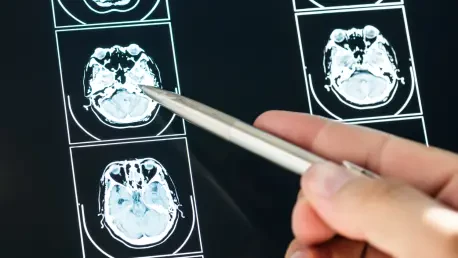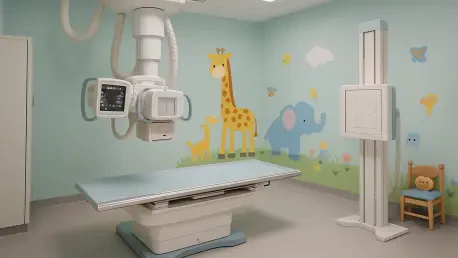
The modern hospital is facing an unprecedented data deluge, with over 20 million abdomen-pelvis CT scans performed each year in the United States alone, creating a significant and growing gap between the sheer volume of imaging exams and the finite capacity of skilled radiologists to interpret

The successful delivery of modern healthcare, particularly in island communities, often hinges on access to timely and precise diagnostic imaging, a challenge that can significantly impact patient outcomes. PeaceHealth Peace Island Medical Center has taken a monumental step in addressing this need

In the rapidly evolving landscape of medical imaging, where technological innovation constantly reshapes patient care, the need for visionary leadership has never been more critical. Answering this call, Dr. Robert J. Loch, the Associate Dean of Clinical and Student Affairs in the College of Health

In the critical minutes following an ischemic stroke, every second counts as brain cells begin to die, making the race against time the single most defining factor in a patient's outcome. A landmark study by researchers Wang, D., Liang, S., and Yue, Z. illuminates a transformative advancement in

Breast imaging, a medical specialty extensively developed around the health risks and anatomy of cisgender women, now faces a critical examination of its significant blind spots. Recent discussions among experts at the European Society of Breast Imaging (EUSOBI) annual scientific meeting have cast

A pivotal new study reveals a significant and concerning level of variability in how pediatric nuclear medicine images are interpreted, a finding that carries profound implications for the diagnosis and treatment of some of the most vulnerable patients. Research published in Pediatric Radiology by